Jali is a term derived from the word “Jali,” which simply means net or lattice. It is a perforated stone or latticed screen with an embellishing pattern of longhand, geometry, or natural motifs. In modern Indian homes, the priority of the house owner is to build a house with massive and airy spaces. Check out the purpose of using the modern jali designs and the materials used.
Frankly, this design trend imparts a wonderful feeling of space and fun, although it can be at the expense of secrecy and functionality. However, there has been a solution to this concern – a very traditional solution: choosing a Jali partition to provide space organization, protect your privacy, and improve the style of your house.
Jali is crafted in a variety of materials. These panels are simple yet elegant, ranging from wood to PVC sheets or stainless steel. Jali Design panels can be designed to be used in different locations and to serve varying purposes in your house space and style.
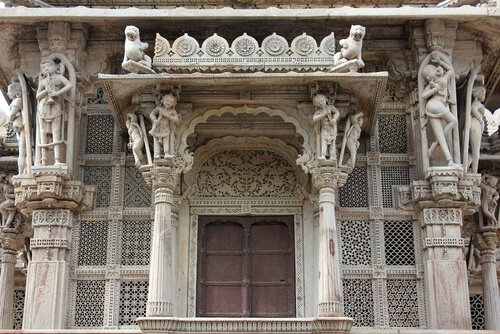
Purpose of Using Modern Jali Designs
Jali Design is creative and decorative and can be used to accentuate the look of your house design. Asides from that, Jali are also used for other purposes;
Jali panel helps in the circulation of air.
Jali wall design helps in boosting and circulating air in the house. Even with a mild breeze, air emerges from Jali, escapes, and expands, cooling down the room. In a nutshell, Jali wall design is practically an architectural and natural aura cooler.
Jali partitions help in concealing spaces.
In the olden days, Jali was usually used in palaces for women to sit without being seen. Even the jali partition is widely used in houses because it allows one to see through without being seen. They are ideal for balconies, dividers, exterior walls, and decorative doors.
Jali panel as an effective divider.
The divider is a piece of furniture or something placed in a way that divides a room into separate spaces. Jali panel is also an effective divider between different living spaces without occupying too much place.
Modern Jali Designs help in Ventilation.
Walls having jali can enhance convection. In closed spaces with no air circulation, heat accumulates, and so do fumes and odor. With the help of jali walls, air circulation is effective. Indeed, it’s a natural ventilation system.
Jali walls block out heat directly.
In hot countries like India, people consider the Jali wall because it cuts out heat. Jali blocks reduce heat Ingress. They help block direct sunlight from entering the house, making the interior cooler and more enjoyable. Jali wall is a benefit for Indian homes in hot, dry, and humid climate areas.
Jali screens help in diffusing light.
Jalis are effective in diffusing sunlight, it allows enough night to penetrate to maximize vision, but it cuts off the glare. It can be used with louvers, curtains, and shades to regulate the amount of light penetrating the house.
Unique Materials of Jali Design Panels Available
1. Wood
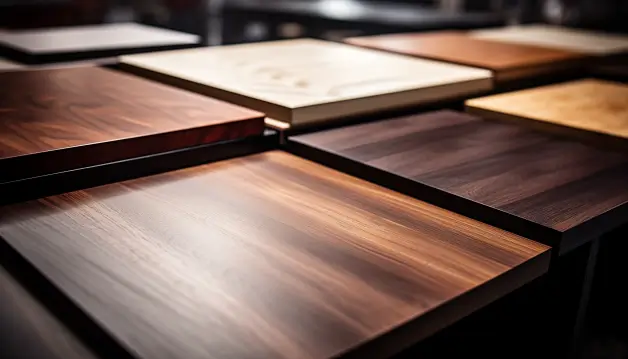
Despite having different material choices, wood tops the list. This is because wood stands out for an ethnic and sleek design to give a rustic finish. Another material of high durability with a wood-like finish in decor is a wood-plastic composite (WPC).
2. Stone – one of the unique materials
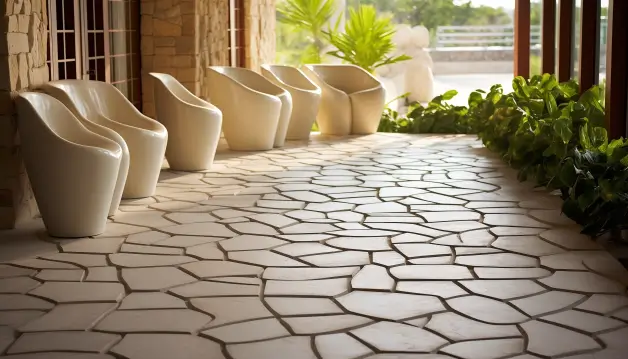
Stone is also a Jali material which is common due to its availability. Its natural form is an ideal material for interior decoration, the maintenance cost is very low, and it gives a perennial feel.
3. PVC sheets
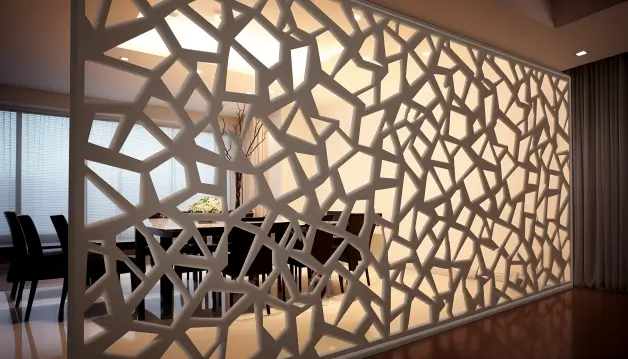
Due to the finesse texture of PVC sheets, PVC is real for Jali partitions in latticework or geometric cutting.
4. MDF – One of the finest materials used for modern jali designs
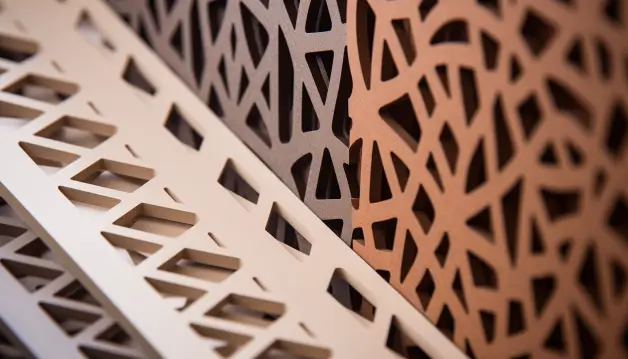
MDF is an acronym that means medium density fire board. It’s an engineering wood made of wax, wood residuals, a mix of resins, and fiber. MDF is a cheap alternative to wood, and it’s also ideal for Jali partitions.
5. Stainless steel
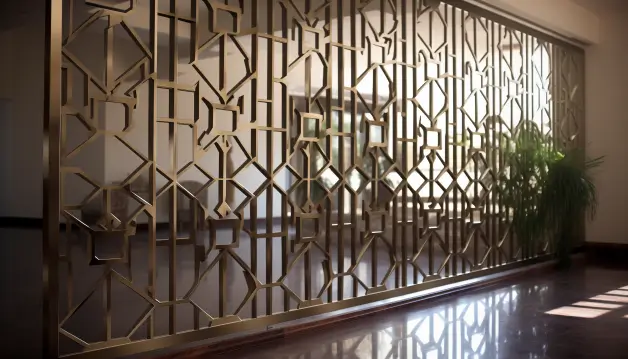
Stainless steel Jali partitions give a shiny and polished style due to their micro thickness. S.S is available in various grades and is moisture resistant, making it a durable and effective choice for Jali partitions.
6. Acrylic
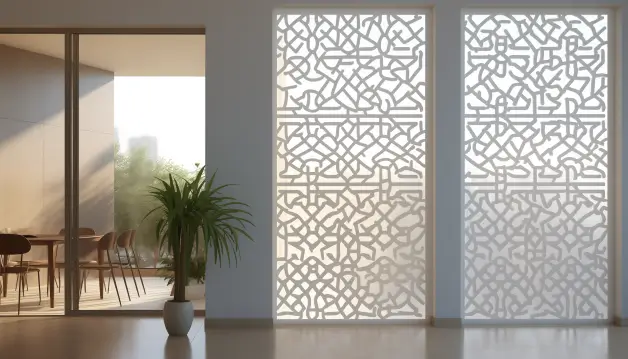
Acrylic is ideal for a lightweight Jali construction that requires rigidity. It’s a safer option that’s obtainable in a cheap option and glossy finish. Finally, modern Jali design can serve various options in our homes. It can be part of your wall to give a sense of refinement, cast beautiful patterns on the wall, and as a decorative fireplace panel.
